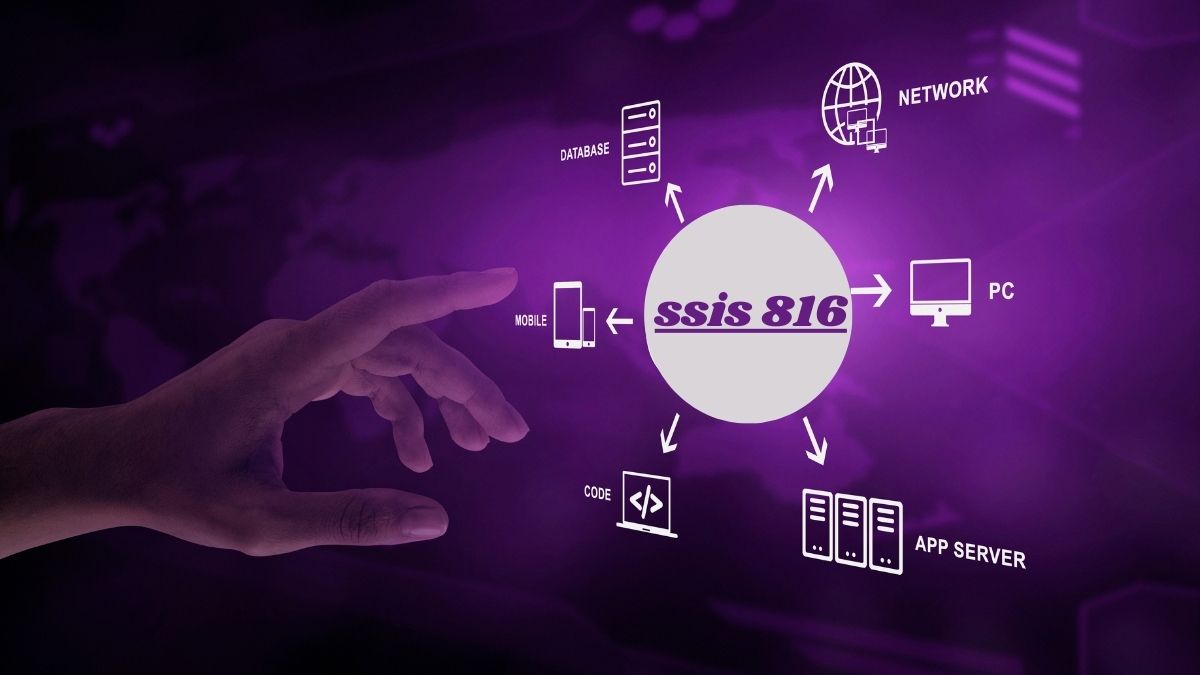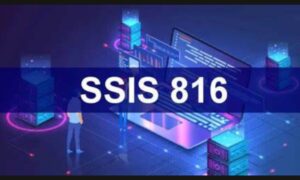In today’s rapidly evolving digital landscape, businesses are inundated with vast amounts of data from various sources. Effectively managing and integrating this data is paramount for driving informed decision-making and gaining a competitive edge. SQL Server Integration Services (SSIS) has long been a go-to solution for enterprises seeking robust data integration capabilities. With the release of SSIS 816, Microsoft has introduced a suite of enhancements aimed at further empowering organizations to streamline their data integration processes.
Understanding SSIS 816
What is SSIS?
SQL Server Integration Services (SSIS) is a component of Microsoft SQL Server that facilitates data integration and workflow applications. It enables users to extract, transform, and load data from disparate sources into a centralized destination, making it accessible and actionable.
Importance of SSIS in data integration
SSIS plays a pivotal role in enabling seamless data integration across heterogeneous systems, databases, and applications. It offers a comprehensive set of tools and services for orchestrating complex data workflows, transforming data into meaningful insights, and ensuring data quality and consistency.
Features
Enhanced performance
SSIS 816 introduces optimizations that enhance performance and scalability, enabling organizations to process larger volumes of data more efficiently. With improved parallelism and resource utilization, Delivers faster processing speeds and reduced latency, thereby accelerating time-to-insight.
Improved usability
The latest version of SSIS boasts a redesigned user interface and enhanced usability features, making it more intuitive and user-friendly. From simplified drag-and-drop functionality to enhanced debugging capabilities, Empowers users to design, deploy, and manage data integration solutions with ease.
Advanced data cleansing capabilities
SSIS 816 includes advanced data cleansing components and transformations, allowing organizations to cleanse and standardize their data effectively. From deduplication and normalization to error handling and anomaly detection, Enables users to ensure data accuracy and integrity throughout the integration process.
Benefits of using SSIS 816
Streamlined data integration processes
By leveraging the enhanced performance and usability features of SSIS 816, organizations can streamline their data integration processes and achieve greater operational efficiency. Whether it’s extracting data from disparate sources, transforming it according to business rules, or loading it into a data warehouse, Simplifies the entire process.
Reduced development time
With its intuitive design interface and comprehensive set of pre-built components, SSIS 816 enables developers to accelerate the development of data integration solutions. By eliminating the need for custom coding and providing reusable templates and workflows, Significantly reduces development time and costs.
Increased scalability
SSIS 816 is designed to scale seamlessly with the growing data needs of organizations, whether they’re processing terabytes of data or petabytes. Its optimized performance and parallel processing capabilities ensure that data integration workflows can scale to meet the demands of even the largest enterprises.
How to utilize SSIS 816 effectively
Setting up SSIS 816 environment
Before getting started with SSIS 816, it’s essential to set up the environment correctly. This includes installing the latest version of SQL Server Integration Services and configuring it to meet your organization’s requirements.
Designing efficient data workflows
When designing data workflows , it’s crucial to follow best practices for optimal performance and scalability. This includes organizing workflows into manageable tasks, optimizing data flow paths, and leveraging parallel processing wherever possible.
Utilizing advanced features and components
SSIS 816 offers a wide range of advanced features and components that can enhance the functionality and efficiency of your data integration solutions. From data quality tasks and transformations to event handling and logging, exploring and leveraging these features can help maximize the value .
Real-world applications of SSIS 816
ETL (Extract, Transform, Load) processes
One of the primary applications in ETL processes, where it enables organizations to extract data from various sources, transform it according to business rules, and load it into a data warehouse or analytical database for reporting and analysis.
Business intelligence solutions
Plays a crucial role in enabling business intelligence solutions by providing the necessary data integration capabilities to transform raw data into actionable insights. Whether building data warehouses, data marts, or analytical models, Serves as the backbone of modern BI architectures.
Case studies showcasing successful implementation of SSIS 816
Coming soon…
Challenges and limitations of SSIS 816
Compatibility issues with older versions
While introduces several enhancements and optimizations, organizations upgrading from older versions may encounter compatibility issues with existing packages and workflows. It’s essential to thoroughly test and validate migration paths to minimize disruption.
Learning curve for new users
However for users new to SSIS or transitioning from other data integration tools, there may be a learning curve associated with mastering the features and functionalities . Investing in training and resources can help accelerate the onboarding process and maximize productivity.
Performance optimization challenges
Despite its enhanced performance capabilities, optimizing SSIS 816 for specific use cases and workloads may require careful tuning and configuration. Understanding performance bottlenecks and implementing best practices can help maximize the efficiency .
Future trends and advancements in SSIS technology
As data volumes continue to grow exponentially, and organizations increasingly rely on real-time analytics and insights, the future of SSIS is poised for further innovation and advancement. From enhanced cloud integration capabilities to native support for big data technologies, SSIS is expected to evolve to meet the evolving needs of modern data-driven enterprises.
FAQs
What are the system requirements for installing SSIS 816?
The system requirements vary depending on the specific components and features you plan to utilize. However, typically, you’ll need a Windows-based server running SQL Server with sufficient memory, storage, and processing power to support your data integration workflows.
Can I upgrade from an older version of SSIS to SSIS 816?
Yes, you can upgrade from older versions, However, it’s essential to carefully plan and test the migration process to ensure compatibility with existing packages and workflows. Microsoft provides documentation and tools to assist with the migration process.
Does SSIS 816 support cloud integration?
Yes, SSIS 816 offers enhanced support for cloud integration, allowing organizations to seamlessly integrate data from cloud-based sources such as Azure SQL Database, Azure Blob Storage, and more. With native connectors and integration capabilities, Simplifies the process of working with cloud data.
What are some best practices for optimizing performance in SSIS 816?
Some best practices for optimizing performance include leveraging parallel processing, optimizing data flow paths, minimizing data movement, and utilizing advanced performance tuning techniques such as buffer management and execution plan optimization.
Is training available for users new to SSIS 816?
Yes, Microsoft offers a range of training resources and certification programs for users new to SSIS 816. These include online courses, tutorials, documentation, and instructor-led training sessions designed to help users master the features and functionalities .









































